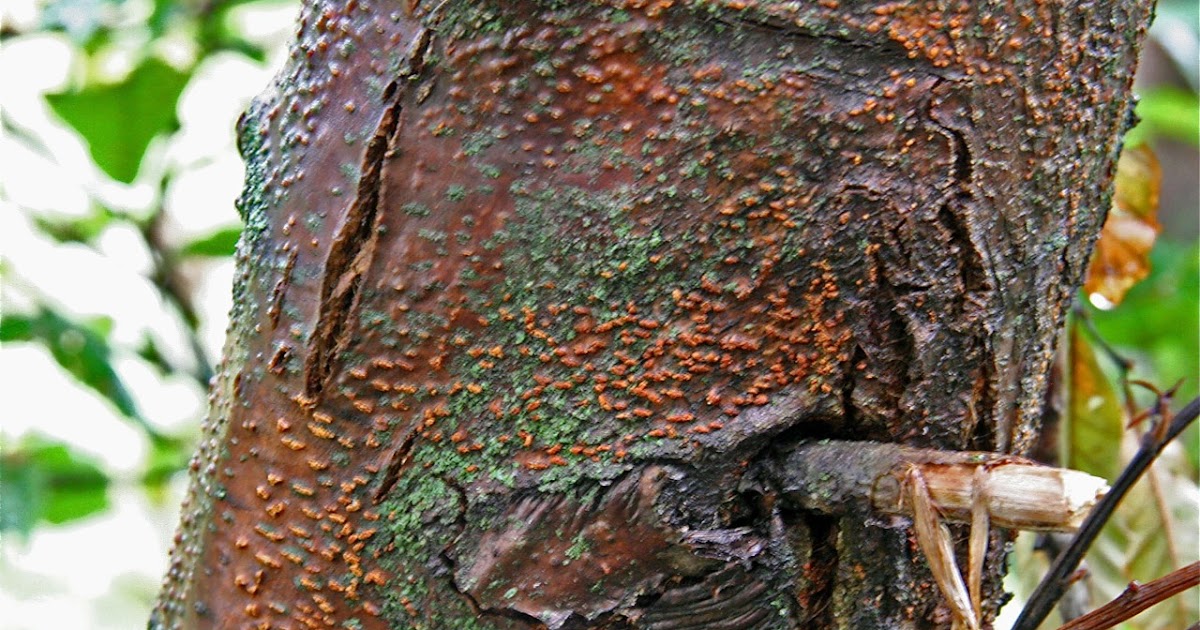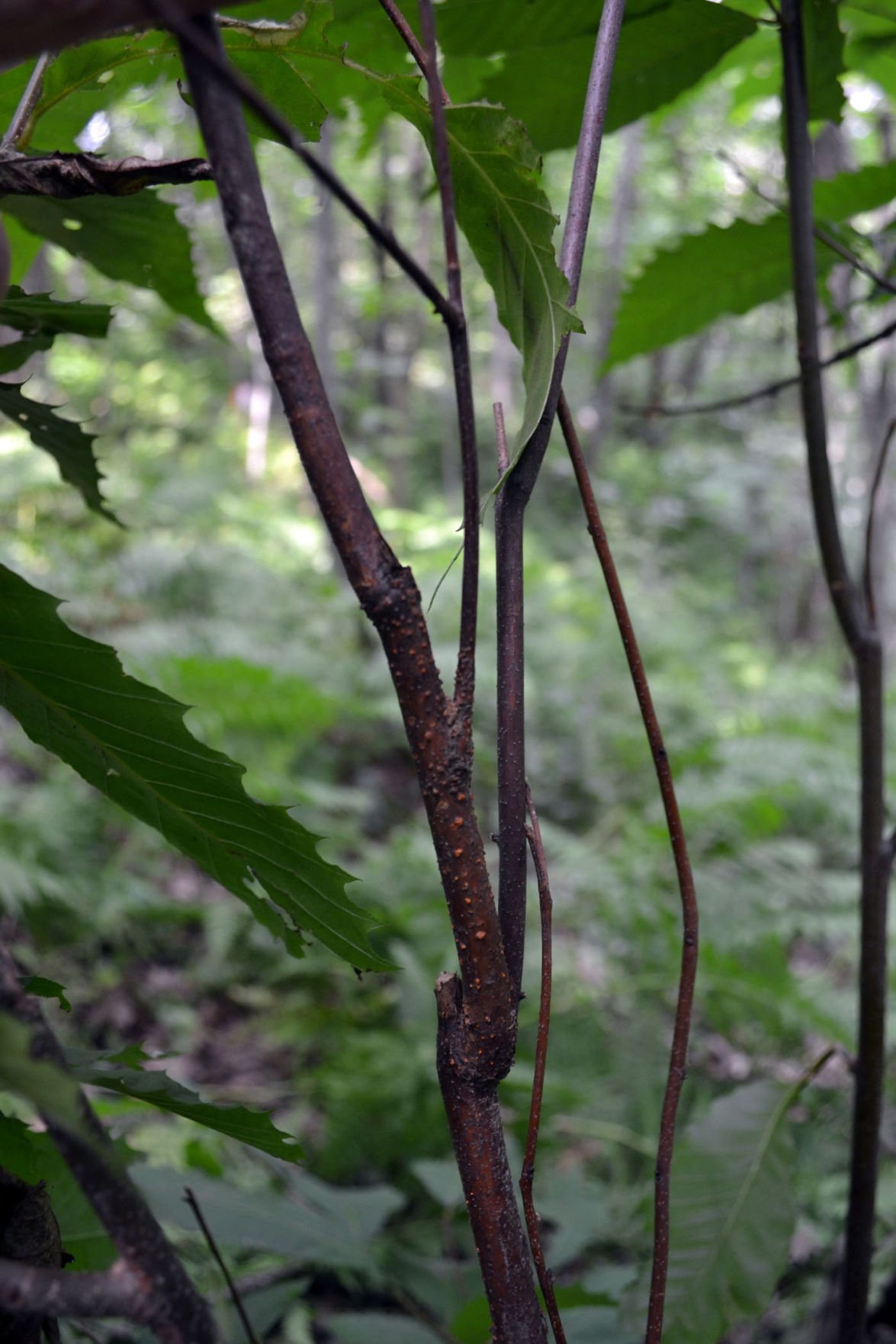

These chestnuts are grown by our friends at Coppertop Chestnut Grove in Northeast Pennsylvania. We would recommend you keep them potted for at least the first few months.

The tree you will receive will be 6" tall and will need to be up-potted quickly. The first photo is a two month old specimen from our greenhouse. This is a 2 week old sprouted hybrid Chestnut. It is with great pleasure that we offer up our favorites for you. Most of our favorite vegetables are old time varieties that people currently call "Heirloom". If the work at Catawba succeeds, these trees will one day no longer need scientists to nurture them, becoming hardy enough to not only survive but flourish again in the wild.Each year we grow a giant garden of our favorite vegetables. Over time the blight-resistant trees will be perfectly matched to the climate and soils of Southwest Virginia. To preserve the genetics of the regional strain, the trees are backcrossed with trees native to the region. Meanwhile, university researchers are using genetic engineering strategies to find blight-resistant lines that have the capacity to survive and reproduce.īy using genes from the Chinese chestnut, a blight-resistant species is developed. The mother-tree orchard at Catawba is an important step on the long road to forest restoration. Trees that survive long enough to flower are a source of pollen and thus a means to preserve local genetics. It's a labor of love, because crossbreeding today's survivors will speed up a process that, if left to evolution, would take hundreds of years to complete.Īs expected, many trees die, so more seeds must be planted each year. They dig with augurs, plant the seedlings, measure their heights after planting and record data to keep track of where each tree is planted. Volunteers such as an arborist from The American Chestnut Foundation do the dirty work. The Catawba Sustainability Center provides an experiential learning environment for the research, teaching, and demonstration of sustainable practices in agriculture, forestry, and land management. Nearly 10 years ago, Roanoke County and Virginia Tech formed a partnership to develop the 377-acre farm into a living laboratory supporting university research that also advances environmental stewardship and community outreach. Local middle-schoolers even play a part in visiting the center, listening to lectures, and planting a few chestnuts themselves. The students gain hands-on experience with sustainable farming and forest ecology techniques.

The team of scientists and volunteers - including Virginia Tech students from the Corps of Cadets and VT Engage: The Center for Leadership & Service Learning - has planted an orchard of American chestnut trees. The last of the trees succumbed to blight just as the lyrics "chestnuts roasting on an open fire" were set to music in 1944, their absence irrevocably altering Appalachian forest ecosystems.Īt the Virginia Tech Catawba Sustainability Center, students, community volunteers, and multidisciplinary researchers are working toward the day when American chestnuts can once again grow to maturity.

The 100-foot trees formed a canopy so dense that, according to lore, squirrels could travel from Maine to Georgia without touching the ground. When a state wildlife biologist in Georgia stumbled upon an undiscovered stand of half a dozen American chestnut trees in 2006, he said the experience was like coming face-to-face with Bigfoot. At the turn of the 20 th century, the American chestnut accounted for a quarter of the hardwood trees in some parts of Appalachia. Virginia Tech is part of a nationwide effort to bring back American chestnuts, the tree that once towered in American forests.


 0 kommentar(er)
0 kommentar(er)
